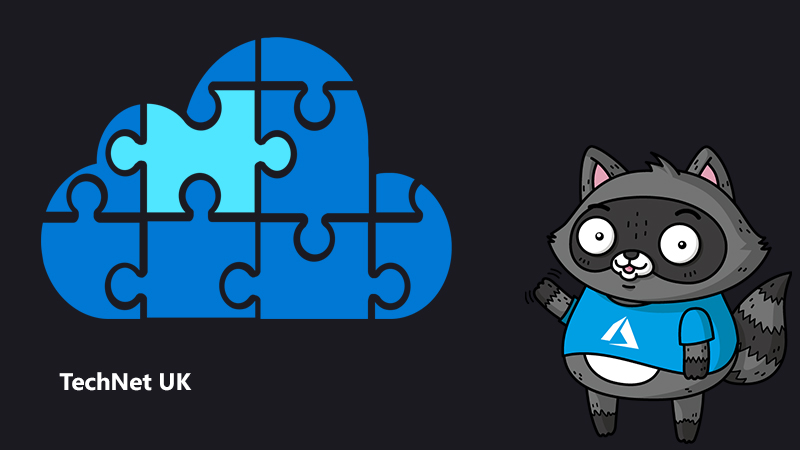
A Risk-Based Framework for Legacy System Migration and Deprecation
The migration and deprecation of legacy systems are critical for organisations seeking to modernise and enhance their IT infrastructure. This article presents a risk-based framework for categorising components during migration or deprecation, focusing on ease of deployment and minimising business disruption. By following this framework, organisations can prioritise tasks and allocate resources efficiently, ensuring a smooth and successful transition to new systems.
Legacy systems often become increasingly difficult to maintain and enhance as they age, leading organisations to consider migration to newer technologies or the deprecation of outdated components. Correctly categorising risk during this process ensures a smooth transition with minimal business disruption. This paper outlines a risk-based framework for evaluating components regarding ease of deployment and deprecation.
Inventory and Assessment using Azure Tools
Leveraging Azure cloud tools can significantly assist in inventorying and assessing systems during migration or deprecation. Essential tools and services include:
- Azure Migrate: This service provides a centralised hub for discovering, assessing, and migrating workloads to Azure. It includes tools for discovering and inventorying on-premises environments, assessing migration readiness, and identifying potential cost savings.
- Azure Monitor: Azure Monitor helps assess the performance and health of your applications and infrastructure, both on-premises and in the cloud. It provides actionable insights through log analytics, application performance monitoring, and diagnostic data, enabling you to identify components that may require optimisation or additional resources during migration or deprecation.
- Azure Resource Graph: This service enables you to explore and analyse your Azure resources at scale. You can use it to quickly inventory resources, visualise dependencies, and assess resource configurations. This can help identify critical components and dependencies within the legacy system.
- Azure Security Center: This tool provides a unified view of your security posture across on-premises and cloud environments, helping you assess the security of your legacy system components. It can identify potential vulnerabilities and provide recommendations to improve security during migration or deprecation.
By using these Azure tools, organisations can streamline the inventory and assessment process, ensuring they have a comprehensive understanding of their legacy systems and make informed decisions during migration or deprecation.
Risk Categorisation
Components within the system could be categorised based on their assessed risk using the following criteria:
- Low risk: These components have good documentation, test coverage, low complexity, and low dependency on other components. Migration or deprecation should be relatively easy and cost-effective.
- Medium risk: These components have moderate documentation, test coverage, complexity, and dependencies. Migration or deprecation may require more effort and planning.
- High risk: These components have poor documentation, test coverage, high complexity, or critical dependencies. Migration or deprecation may be challenging and resource-intensive.
Prioritisation and Resource Allocation
With components categorised by risk, organisations can prioritise migration or deprecation tasks:
- Begin with low-risk components, which can be migrated or deprecated with minimal effort and resources.
- Proceed to medium-risk components, allocating more resources and time for their migration or deprecation.
- Address high-risk components last, dedicating significant resources and planning to ensure a smooth transition.
Monitoring and Iteration using Testing, Diagnostics, Logging, and Tracing
Incorporating testing, diagnostics, logging, and tracing techniques can improve monitoring and iteration during the migration or deprecation of legacy systems.
Azure provides a range of tools that can be leveraged to improve monitoring and iteration during the migration or deprecation of legacy systems, using testing, diagnostics, logging, and tracing techniques:
- Testing: Continuously test components during migration or deprecation using Azure DevOps, which provides a suite of services for continuous integration, testing, and deployment. Azure Test Plans can be used to manage both manual and automated tests, while Azure Pipelines enables the creation of build and release pipelines for automated testing and deployment.
- Diagnostics: Utilise Azure Monitor and Azure Application Insights to identify potential bottlenecks or issues during migration or deprecation. Azure Monitor collects and analyses telemetry data from your applications and infrastructure. At the same time, Application Insights provides deep diagnostics and performance monitoring for web apps, helping to pinpoint areas requiring optimisation or improvement.
- Logging: Implement comprehensive logging using Azure Log Analytics, a service that collects and analyses log data from various sources, including Azure resources and on-premises environments. Regularly review logs to identify anomalies, errors, or other issues that may arise during the transition process.
- Tracing: Use Azure Monitor Application Insights for distributed tracing to monitor dependencies and interactions between components, especially for microservices architectures. Tracing allows for better visibility into the end-to-end system, making identifying and resolving potential issues during the migration or deprecation easier.
- Update risk categorisations and priorities based on the insights gained from testing, diagnostics, logging, and tracing using Azure tools. Adjust approaches and strategies to ensure a smooth transition and minimise business disruption.
By using Azure tools for monitoring and iteration, organisations can gain better visibility into the migration or deprecation process. This enables them to identify and address potential issues more effectively and ensure a successful transition to the new system.
This risk-based framework can provide a structured approach to legacy system migration and deprecation, enabling organisations to prioritise tasks, allocate resources efficiently, and minimise disruption to the business. By adopting this framework, organisations can successfully transition from outdated systems to modernised infrastructure, ultimately improving overall efficiency and competitiveness.




